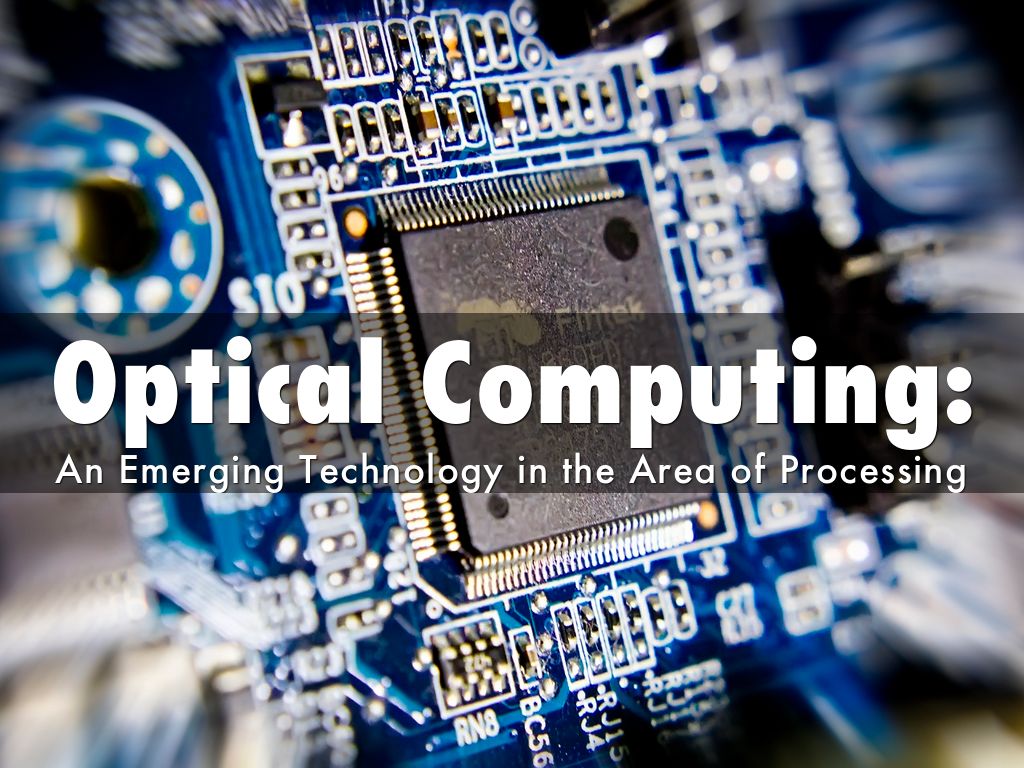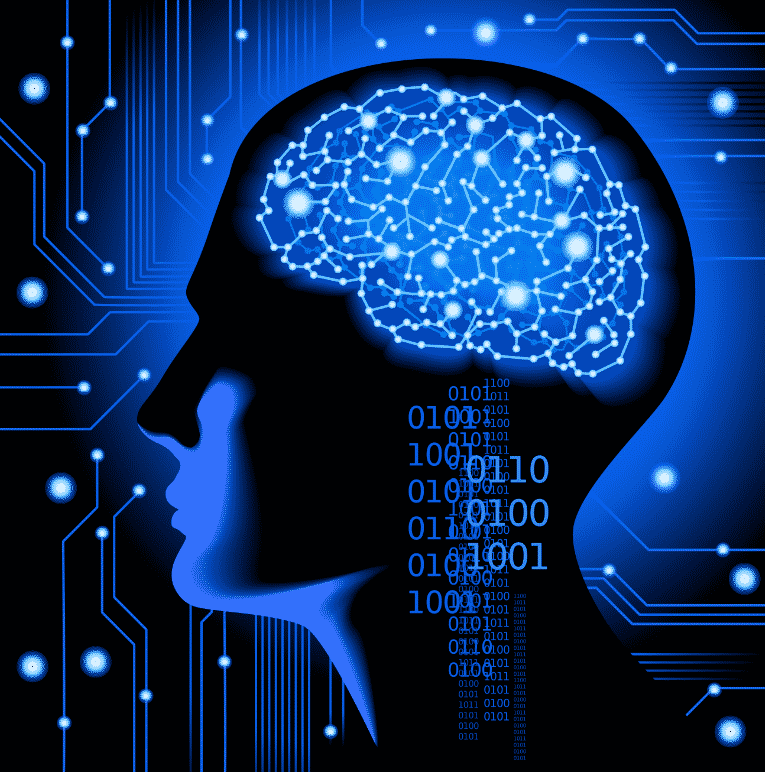Optical Computing – Computer Operated At Light-Speed

As a result of our ability to increase the number of transistors on the processor chip, after their invention, the computers have become faster and faster. Today, your smartphone is millions of times faster than the computer NASA used to put the first man on the moon in 1969. It performs better than the most famous supercomputer of the 1990s. However, we are coming closer to the boundaries of this electronic technology, and now we see an interesting development: Lighting and laser are taking electronics in computers. Small lasers and light detectors can now be included in the processor so that they can send and receive data through small optical fibres, which are now far from copper lines. Some companies are also developing optical processors: Chips that use laser light and optical switches instead of currents and electronic transistors to calculate. So, let’s first see why our current technique is steam-operated.
The computers which we are using today uses transistors and semiconductors for controlling the electricity. Future computers can use crystals and metamaterials to control light. Optical computers use light particles called photons. Optical computing is a very interesting 60-year-old area of research. This letter gives a brief historical review of the life of optical computing from the earliest days till now. Optical computing has created great enthusiasm in the sixties with great success opening a large number of approaches. The period between the 1980s and 2000s can be called the Golden Age with many new technologies and the design and manufacture of optical processors can be innovated for the actual applications. Today the field of optical computing is not ready to die, it has developed and its results are beneficial to new research disciplines like nano-optic, biophotonics or communication systems. Photon is used in optical computing calculations. Photons are produced effectively, by mass and incredibly fast, using diodes or lasers. Photons replace electrons in more traditional computers and are used to represent the flow of data. To reduce the size of electrons, the photon-based transistors can be incredibly small, which increase potential computing power.

Optical technology has made its most important pathways in digital communication, where fibre optic data transmission has become commonplace. The ultimate goal is the so-called photonic network, which uses especially visible and energy between each source and destination. Optical techniques are employed in CD-ROM drives and their relatives, laser printers, and most photocopiers and scanners. However, none of these devices is completely optical, All rely on traditional electronic circuits and components to some extent. Optical chips are still some way behind electronic chips, but we are already seeing results and this research can lead to a whole revolution in computer power. Perhaps five years from now, we will see the first optical co-processor in the supercomputer. They will be used for very specific tasks, such as the discovery of new medicines. But who knows what will happen after that? In these ten years, these chips can be used to detect and identify objects in auto-driving cars and autonomous drones. And when you’re talking to the epic series of IOS or echo of Amazon, you can actually talk to an optical computer.
Currently using the techniques used with silicon is a big push to enable optical computing. This will allow the use of today’s production facilities to make tomorrow’s computer. One of the leaders in this push is Intel, the manufacturer has an integrated silicon photonics link that can send fifty gigabits per second (using 4 multiplexed wavelengths at 12.5 GBT / sec per wavelength) without any information. This is an electrically optical for electrical translation tool, hence one step for complete optical computing. In 2013 MIT Professors announced the progress of all-optical chips where the photons did not need to translate the electrons into silicon-based chip processing. This chip considers each photon as some information, reducing power consumption and heat generation. In the very distant future, the optical computer will not fully realize. These computers will only use electricity to power the LEDs, diodes, or laser emitters.



